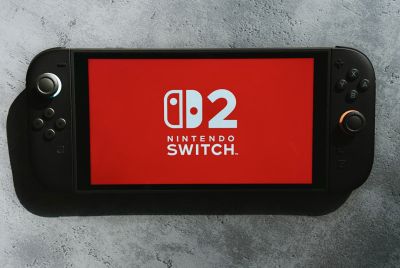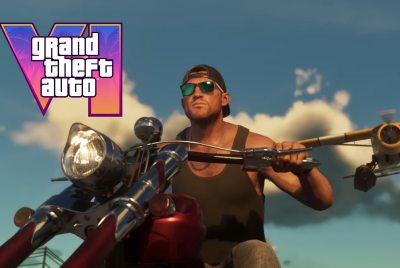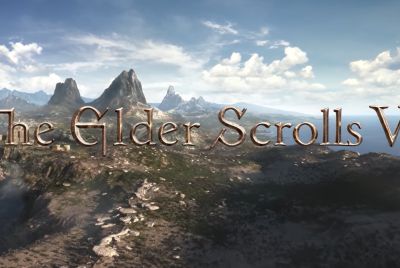The making of Rise Of The Tomb Raider: Crystal Dynamics on continuing Lara Croft's journey
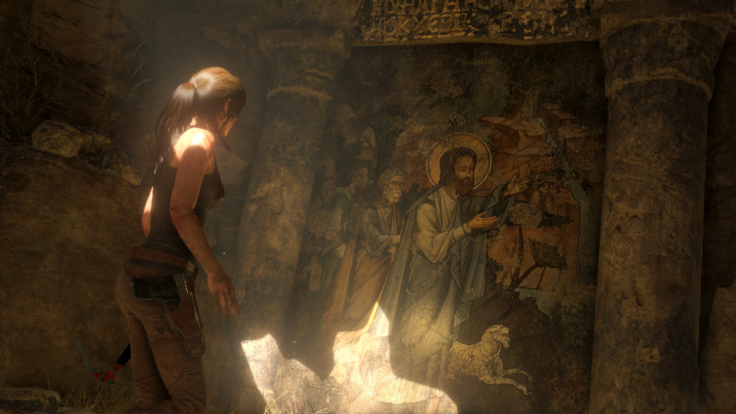
Words are powerful, and in the games industry there might be none more potent than "reboot". Able to strike fear or excitement into the hearts of fans around the world, reboot typically means one of two things: either we're about to see a beloved franchise given new life or watch Sonic and the gang get put through the wringer again. Still, for all of the stigma attached to the word –which has, for some, become synonymous with uninspired cash-grabs – once in a while a reboot comes along that manages to please even the most hardened cynic.
Back in 2013 Crystal Dynamics released Tomb Raider, a gritty, grounded and surprisingly compelling reimagining of the 1990s classic that convinced players and critics alike this was the version of Lara Croft we'd been waiting for.
After hitting the ground running, Crystal wanted to do the same with its 2015 sequel. So, just two weeks after applying the final polish to Tomb Raider, the team were back in action, this time wondering how they could possibly up the ante a second time around. The answer, they decided, didn't necessarily lie in making things bigger, better and more explosive but in crafting a more personal experience.
Same dog, new tricks
"In a lot of ways the backbone of our vision was defined by this being Lara's second chapter and what that meant with regards to her journey towards becoming the tomb raider," says Rise's creative director, Noah Hughes, speaking to IBTimes UK in December 2015. "So it became a story where tomb raiding itself was the end game. From a character arc perspective, that much was clear, but from a story perspective, there was still a ton to figure out."
The pressure of delivering on the promise of the first game spurred the team on, says Hughes, and they were determined Rise wouldn't go down in history as a sophomore slump.
"We had an opportunity to deconstruct what we loved about the classic games," recalls Hughes. "We brought over some of the puzzle aesthetics from the reboot as well, such as the physics and subversion mechanics, but what we really wanted to do was deliver these awe-inspiring ancient spaces. We wanted players to feel like they'd discovered something that hadn't been touched for thousands of years; areas that have deep stories of their own."
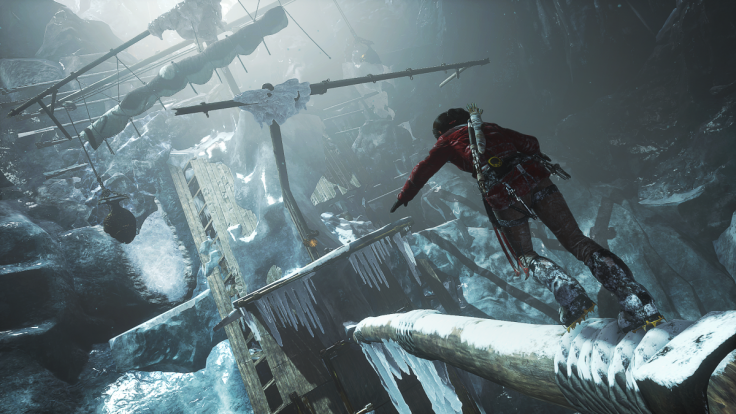
With tombs and Lara's own journey the focus of the sequel, Hughes had to make sure Rise kept its balance, even as it continued to scale up. "We had to find a balance between adding enough to create a new experience, be it the scale of the hub, or secondary missions and options in combat, without completely starting from scratch," he says.
"Bigger isn't always better but in this case, it was important in a number of ways. If exploration is one of your core values, then creating these giant spaces that you can get lost in becomes a necessity."
Cutting the cord
Making sure Lara's journey remained the focus of Rise was easier said than done, explains game director Brian Horton, who told us how surprising it is when the introduction of one feature, which seems like a master stroke on paper, can completely destabilise the narrative. According to him, the pacing of Lara's journey is just as important as the story itself.
"The jeep sequence at the start of the Syria level actually had an interactive element to it," says Horton. "Originally we had a battle on the jeep but as we were playing it through, and thinking about where Lara was in the context of the game, it didn't quite make sense in terms of pacing. So, we removed it and that improved the quality of the entire level."
Indeed, Horton says sometimes edits are just as important as additions; a point he hammers home by telling me that the team has been trying – and failing – to bring vehicles to the franchise since 2013.
"There's always a point where you have to cut back, even if you're excited about something," he says. "There was an aspiration, even when we did the initial reboot, to incorporate some kind of vehicle – be it a motorcycle or a horse or something along those lines. Those conversations happened again but when we came down to it, we realised it was best to invest in scope and scale but in context to Lara as the vehicle."
Another crucial factor in developing Lara was designing a world that reflected her mental state. Horton tells us the team set out to realise the concept of "ominous beauty", while also punching up the colours to subtly portray Rise's greater sense of scale.
"Survival is still central to our tone in the game but we put a lot of time and attention into making sure the colour palettes were vibrant and aided us in telling the story of who Lara is, and who she's going to be," he says.
"We'd look to games for inspiration but we'd also look at films and fine art. With the last game, we were inspired by a group of artists who painted the Wild West and created these ominous landscapes. This time we turned to the Russian realists, which felt like a really nice contrast.
"That was all in addition to going out on location and I was fortunate enough to be able to go over to Istanbul to get references that helped define the look of Kitezh and Syria. That attention to detail and nailing believability is something we strike very hard to achieve."
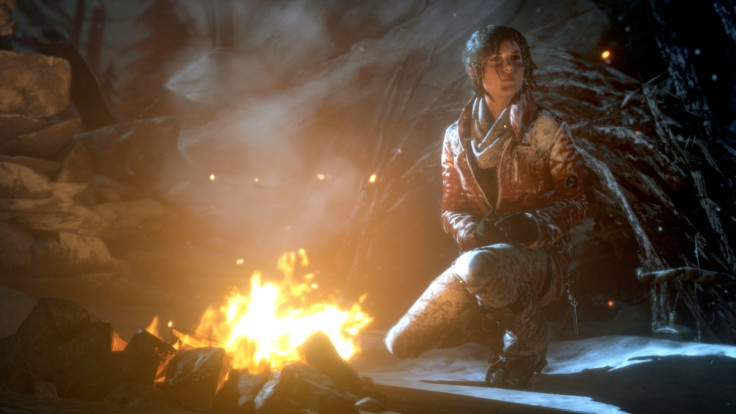
Critical cohesion
Jason Botta, Rise's design director, explains it was the reaction of players to Tomb Raider – both good and bad – that motivated the team to start work on Rise almost immediately. It was motivating factor that convinced him every system in the game needed to result in meaningful player reward. This time around there could be no exceptions; if it was in the game, it must have purpose.
"Our design process really came down to looking at all of our gameplay loops and making sure that everything was part of that. Nothing should be optional or peripheral," explains Botta. "The tomb rewards are a good example. So, at the start of development you'd solve a tomb and be rewarded with some salvage and XP, which, honestly, you can get anywhere else in the game. So, to get players invested in that content we made sure to give them a tangible gameplay skill at the end."
Crystal even went as far as to bring aspects of Lara's personality into the gameplay equation, highlighting her intelligence and thirst for knowledge by rewarding players who go out of their way to unearth relics and explore with tangible skills.
"In the previous game collecting items only really had purpose with regards to the narrative," says Botta. "So this time we wanted to make sure that we encouraged people to find and invest in them by giving the gameplay reward of learning new languages – which you can use to translate monoliths and reveal new upgrades.
"We were really trying to play up that sense of resourcefulness by linking everything together [and as a result] there are a lot more avenues for players to choose from now. I actually think we doubled the number of skills Lara has."
Although nothing is confirmed at this point, it's clear Crystal Dynamics would jump at the chance to take its rebooted franchise even further. There seems to be a real respect among the team, not just for each other, but for Lara herself.
"Lara is such a great game character because she has traversal and combat skills but she's also intelligent and resourceful. Mechanically there's just so much you can do with all that," Botta says. "The rebooted Lara has a lot of depth. She's much more accessible but she has that same inner strength and fortitude. It's the Lara you know, just recast in a different light."
For all the latest video game news follow us on Twitter @IBTGamesUK
© Copyright IBTimes 2025. All rights reserved.





